Expanding your business internationally is a strategic move with tremendous potential.
But to succeed, it’s crucial to speak the language of your target audience.
Over 70% of consumers are more likely to choose a product if it’s in a language they understand.
That’s why preparing your website for localization and translation is key.
By adapting your code to support text expansion, multiple languages, and different text orientations, you create a seamless user experience.
Here’s how to make your website a welcoming space for global customers using AI translation tools and engines.
An AI translation tool or engine is a software application that leverages artificial intelligence (AI) and algorithms to perform automated translation of text or speech from one language to another.
These tools use machine learning, natural language processing, and neural networks to analyze and understand the meaning of the source text and generate an equivalent translation in the target language. In technical terms, this is called machine translation (MT).
AI translation tools have evolved significantly in recent years, particularly with the advancements in neural machine translation (NMT).
NMT ******, powered by deep learning algorithms, can process and translate text using an encoder-decoder architecture that reads the source text and generates the target translation.
They can capture complex language patterns and produce more accurate and fluent translations than earlier rule-based or statistical machine translation approaches.
Machine translation has evolved significantly over the years due to AI advancements. But there are no absolute best tools, engines or providers.
Even the widely held belief that an NMT system guarantees the highest quality translations is only partially accurate, as it has limitations.
Considering quality and technological features, below are some of the best translation engines to help with your internationalization plan.
DeepL
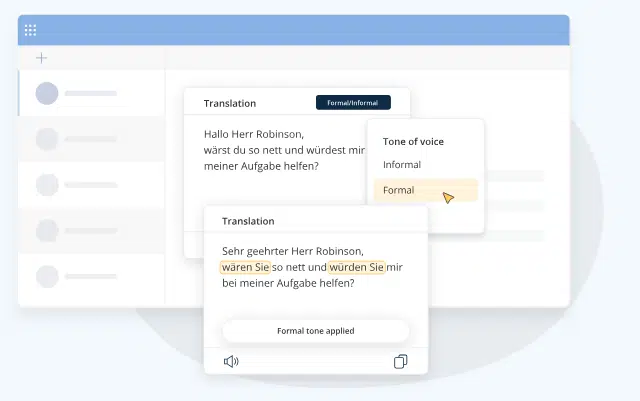
DeepL, a German-based MT tool, is one of the standouts in the industry.
Leveraging the latest advancements in deep learning, DeepL’s engineers trained their ****** using data from the online dictionary/translation database Linguee resulting in cutting-edge machine translation software.
It offers a web-based platform and tools that integrate into multiple ecosystems and APIs for even better customization.
The web interface and standalone app can customize translations by “forcing” specific terminology for selected language pairs.
Even in the free version, users can toggle to incorporate preferred (corporate) terminology, addressing one of the challenges of machine translation: consistency.
The Pro version offers an expanded terminology function without limitations, allowing users to fine-tune translations further.
It also includes additional settings, such as adjusting the formality of the target text, which can significantly impact the tone of voice, especially in Latin languages such as Italian.
Unlike other MT providers, DeepL does not offer the option to customize the translation model using proprietary, pre-translated data for training the engine.
Pro subscribers can access a computer-assisted translation (CAT) tool integration to ensure end-to-end encryption for the translated data, prioritizing data security and privacy.
Google Cloud Translation

Translate by Google is the most famous and extensively used machine translation tool, offering instantaneous translation between multiple languages to individuals and businesses.
The Cloud Translation tool is specifically for businesses needing support for their translation needs.
The language library of Google Translate encompasses support for over 100 languages, making it remarkably versatile and valuable in various contexts.
The functioning is similar to the ones offered for free, but Google Cloud Translation offers APIs enabling businesses to integrate it into existing internal workflows easily.
It is possible to choose between Cloud Translation Basic and Advanced. Advanced has more business-friendly features, such as batch requests and glossaries, which are particularly interesting for SEO localization projects.
Google Cloud Translation charges on monthly usage, with the first 500,000 characters per month free to use.
It is possible to try Translation to see how it performs in real-world scenarios and get free credits to run, test, and deploy their first workload.
AWS Amazon Translate

Amazon Translate is a powerful tool specifically designed for organizations requiring language translation for multi-lingual websites, applications, user-generated content, or real-time communication.
The tool:
- Enables the localization of content for global users.
- Facilitates cross-lingual communication.
- Provides accurate and natural-sounding translations using deep learning algorithms.
The service offers a free tier, allowing translation of up to 2 million characters per month for the initial 12 months following the first translation request.
Accessible through the AWS Management Console, AWS CLI, or AWS SDK, Amazon Translate offers a range of features, including:
- Neural machine translation.
- Customization of machine learning-translated output.
- Real-time translation capabilities.
- Support for over 5,550 language combinations.
Developers can easily incorporate Amazon Translate into their applications using a single API call through batch translation or real-time translation integration.
The service auto-detects the source language, making translating content without manual language identification convenient.
With its cloud-based infrastructure and deep learning API, Amazon Translate can handle large volumes of text and provides developers with a robust solution for their translation needs.
Microsoft Translator for Business
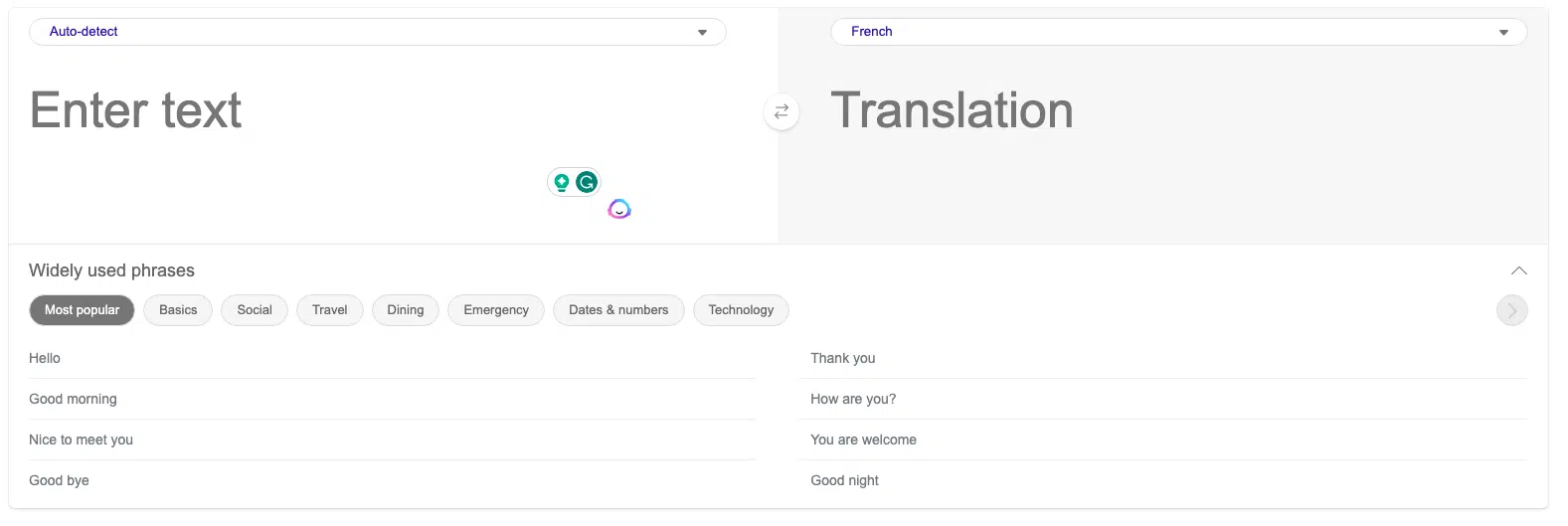
Microsoft Translator is a versatile language translation tool that provides a range of features to translate text and documents into multiple target languages.
It’s an expansion of the consumer-oriented Translator offered by Bing. The business tool goes beyond basic translation capabilities by offering the option to customize translations using the Custom Translator feature.
This enables enterprises, app developers, and language service providers to construct neural translation systems tailored to their specific business and industry terminology.
This customization ensures accurate translation of their unique language, aligning with brand, industry terminology, and communication needs for consistent multilingual content.
Key features of Microsoft Translator include:
- Text and document translation.
- Support for multiple languages in applications, websites, and tools.
- Translation through REST API calls.
- The use of advanced neural machine translation techniques.
- Seamless integration with customer support workflows.
- Speech translation capabilities for real-time communication needs.
Translator Business by Microsoft is free for up to 2 million characters of any combination of standard translation and custom training free per month. Afterward, it works as a pay-as-you-go model.
Get the daily newsletter search marketers rely on.
Integrating translation AI engines into existing workflows is straightforward using the APIs provided.
But it’s even better to use a translation memory system (TMS), a software designed to facilitate the translation process and improve translation efficiency to scale expansion quickly.
A TMS operates by creating and managing a database known as translation memory.
This translation memory stores segments of the previously translated text, such as sentences, phrases, or paragraphs, along with their corresponding translations.
Nowadays, the majority of translation management systems integrate machine translation.
When integrated into a TMS, machine translation can be a valuable tool for:
- Providing initial translations.
- Generating draft translations.
- Assisting human translators in their work.
When a translator works on a new project, the TMS compares the source text with the translation memory.
If a match is found, the TMS suggests the corresponding translation, allowing for content reuse and ensuring consistency.
This also helps train the machine for future translations, improving accuracy and SEO benefits.
To get the most out of an AI translation engine, I recommend using a TMS. These are four of the most versatile and complete TMS:
Smartling
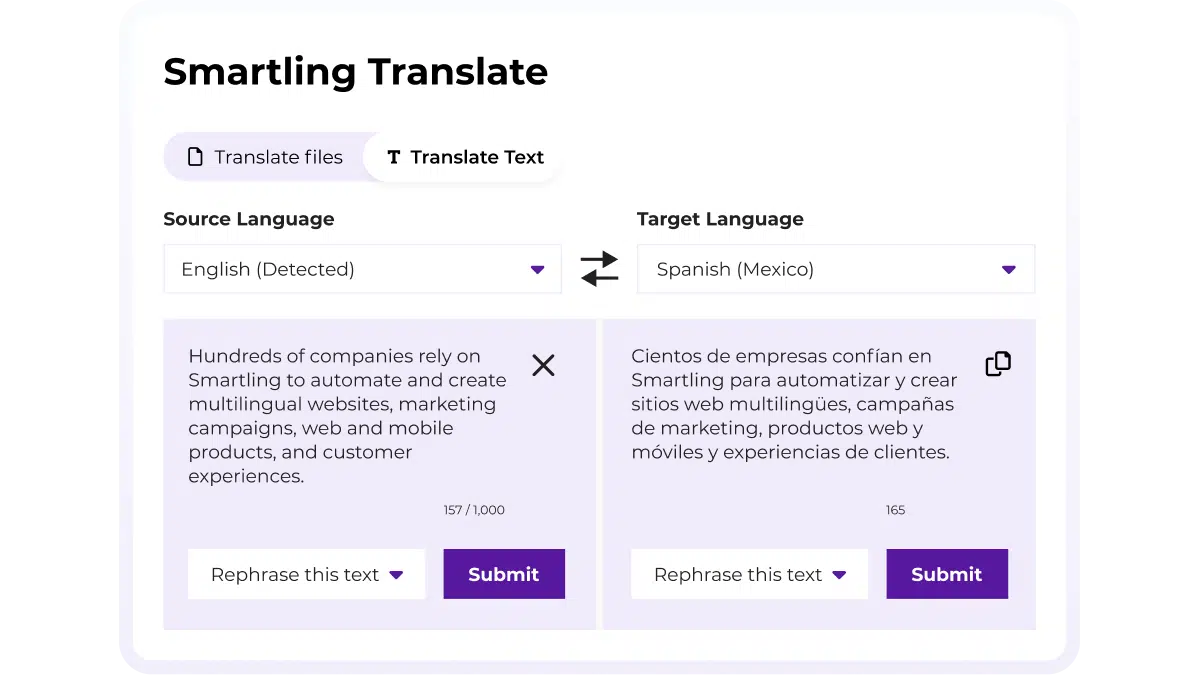
Smartling is an advanced translation management platform that integrates different machine translation engines, enabling businesses to choose the one they prefer based on their industry and style.
It also offers a range of features and tools, including:
- AI-driven content and workflow management.
- Visual context for accurate translations.
- Quality checks.
- Flexible workflows.
- Real-time reporting.
Companies can either use Smartling’s platform or in-house translation team.
In both cases, translators can access the brand’s style guide and glossary, ensuring consistency and adherence to brand guidelines.
Integration options, such as integrations, proxy, or API, enable automated content ingestion, while AI-created dynamic workflows and an optimized translation process further streamline operations.
Smartling has also just launched Smartling Translate, a GPT-enabled service allowing users to instantly select the best MT engine for their content to generate on-brand translations.
Phrase
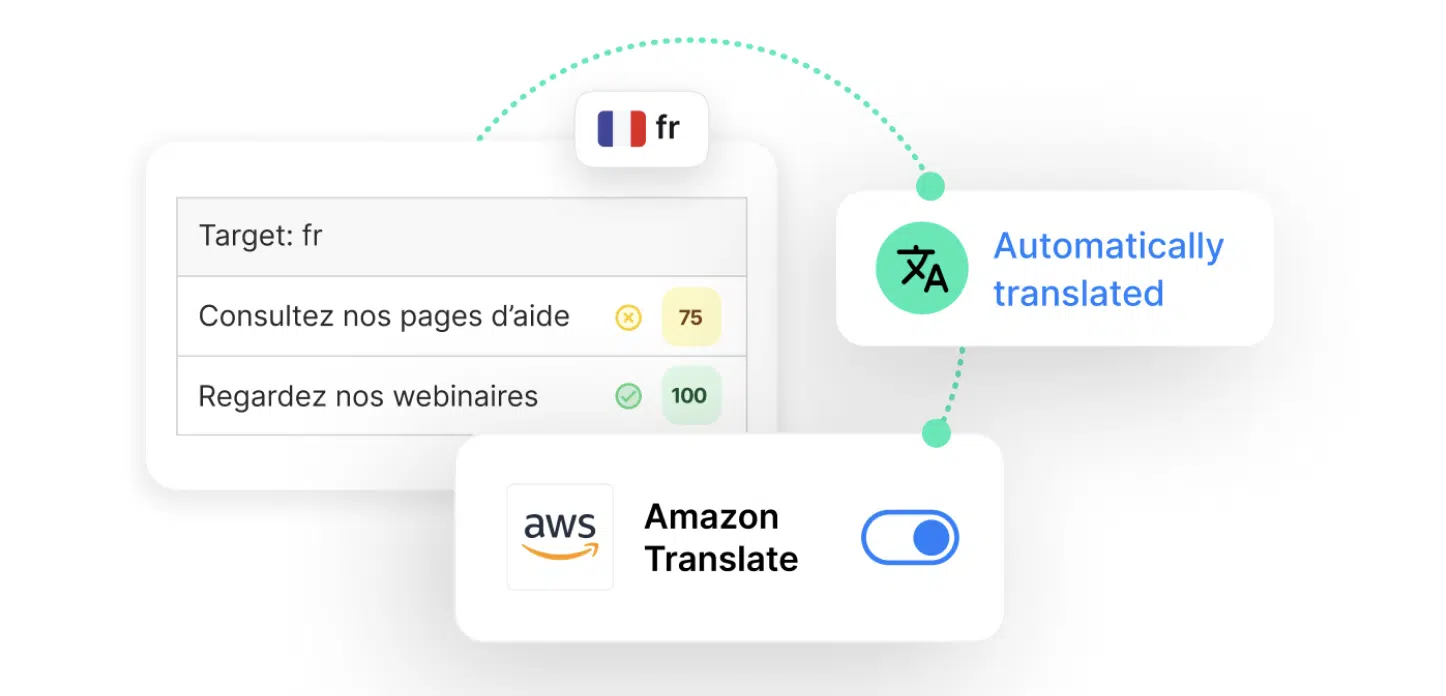
Phrase, previously Memsource, offers a comprehensive solution by connecting to over 30 generic and custom machine translation engines, providing users with various machine translation options.
Phrase NextMT can:
- Adapt and utilize your translation memories, resulting in higher-quality translations.
- Automatically fill in the missing content whenever a partial match is identified, improving overall translation accuracy.
- Go beyond the simple “search and replace” functionality many engines use, considering morphological inflection to reduce the need for post-editing.
For a fixed monthly fee, users gain unlimited access to machine translation services from NextMT and other leading engines, providing an efficient and cost-effective solution for post-editing.
Weglot
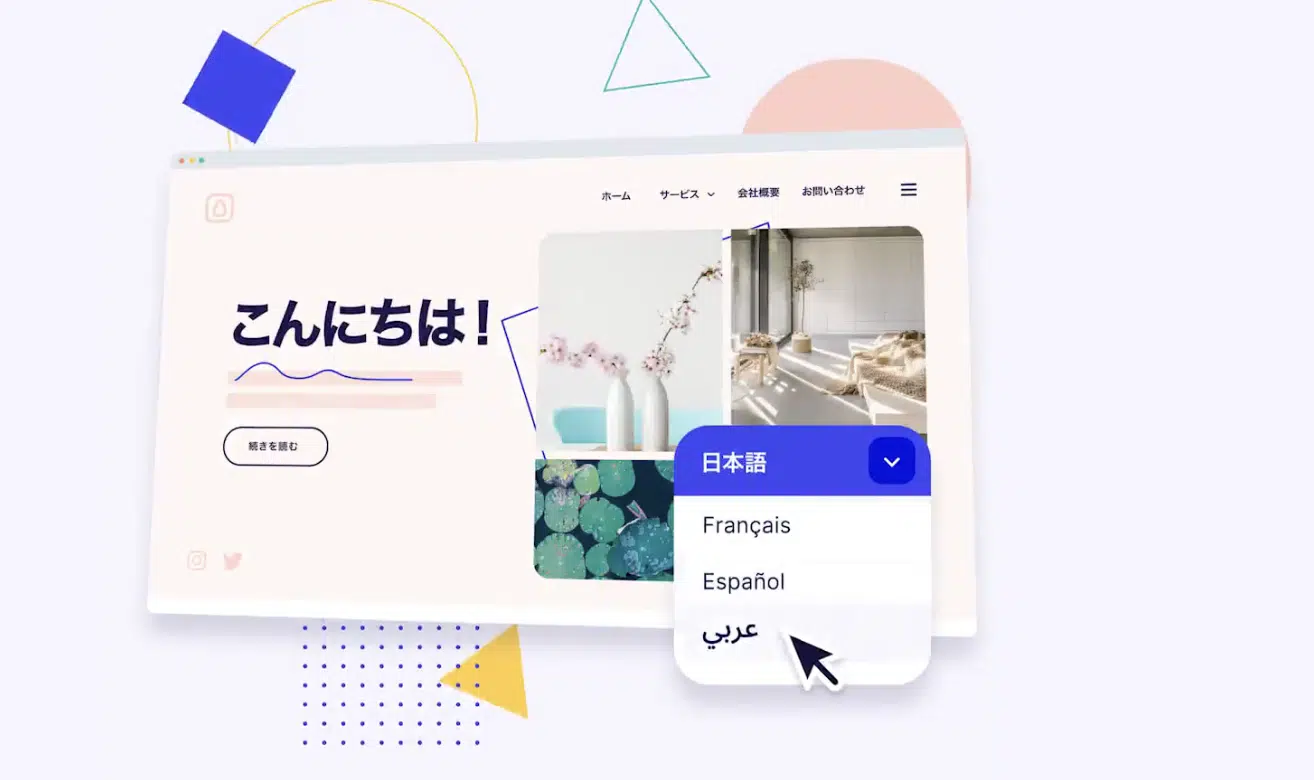
Weglot is a little different from a classical translation memory system.
It’s a one-stop solution to translate/localize an entire website in another language, also considering SEO.
It is easy to install and connects to Microsoft, DeepL, and Google to automatically translate a website in minutes.
At the same time, it allows translators to make human edits to the machine translations to customize the website at its best.
Companies can also add glossaries for consistency and review content translated from the dashboard.
One of the most interesting features of Weglot is the automatic implementation of hreflang tags to avoid content duplication and SEO issues between languages and automatic syncs with new content updates.
On top of this, Weglot acts as a middleman in implementing SEO for multilingual sites by automatically creating language subdirectories or subdomains.
Weglot can translate into more than 100 languages, including custom languages such as British English or Brazilian Portuguese.
Lokalise

Lokalise helps companies needing translation and localizing, keeping a closer look at how the different elements look once adapted for a different language.
Lokalise offers seamless integrations with design tools such as Figma and Adobe Illustrator, to facilitate smooth collaboration and efficient localization workflows.
Lokalise supports the major AI translation tools engines (Google Translate, DeepL and Microsoft Translator). Users can pick which parts of their project they want to be machine-translated.
Recently, Lokalise launched Lokalise AI (still in beta at the time of writing), which promises to be a “personal AI-based assistant.”
Interestingly, Lokalise AI also considers SEO, enabling users to select “Optimize for SEO” when requesting a translation.
While AI translation tools and TMS offer significant advantages in terms of efficiency and accuracy, it’s essential to recognize their limitations in the context of SEO.
AI translation tools have limitations in selecting appropriate keywords and understanding search intent, requiring further adjustments for SEO value. They may struggle with context, leading to reduced SEO potential for pages.
TMS may struggle with language nuances and cultural references, possibly leading to translation inaccuracies.
Human translators can help but need SEO expertise to preserve SEO value and incorporate relevant keywords in machine-translated content.
Relying only TMS can lead to content duplication and cannibalization when identical or similar translations are repeatedly used within a single or across multiple pieces of content.
TMS excels at translation workflows but needs to address internal linking directly. Translated content can indirectly impact internal linking.
SEO experts must manually verify and adjust translated content to maintain a proper linking structure.
TMS streamlines translation, but SEO professionals are needed for optimal internal linking and overall SEO relevancy.
On top of all these technical and practical considerations, one cannot be left out. The localization team usually manages a TMS, so a project management plan should be implemented to avoid pitfalls.
Crafting personalized and localized experiences is the secret to successful global expansion.
The AI translation tools and TMS above can help you produce precise translations for effective communication with a global audience.
However, human expertise is vital for resonance, SEO, and cultural relevance.
By balancing AI and human elements, businesses can expedite their global plans, successfully navigate the international market, and ultimately drive global growth and success.
Opinions expressed in this article are those of the guest author and not necessarily Search Engine Land. Staff authors are listed here.
Source link : Searchengineland.com
